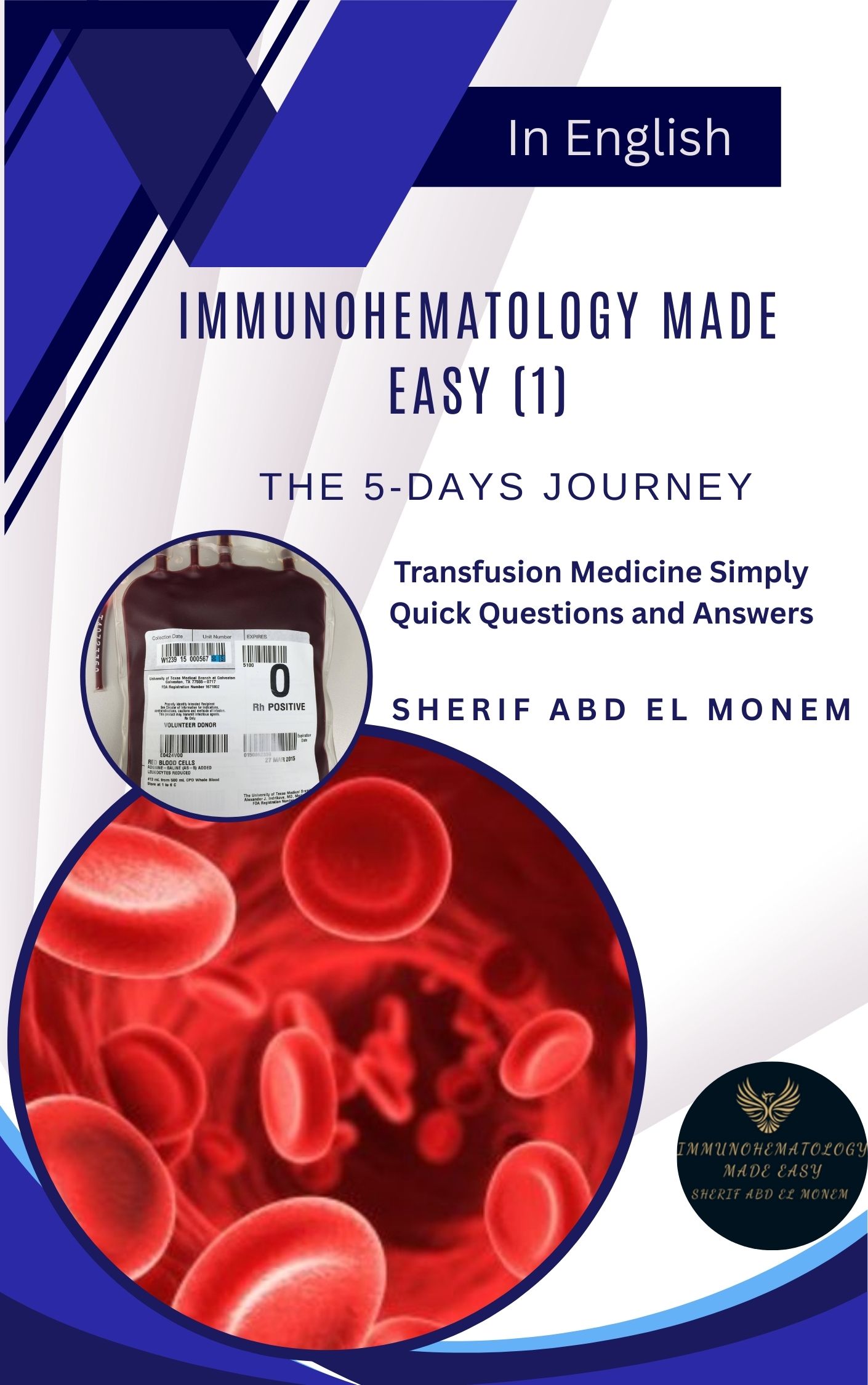099: Rh Immune Globulin (Teaching Episode) - Dr Joe Chaffin
In the realm of medical advancements, few breakthroughs can rival the significance of Rh Immune Globulin (RhIG). It stands as a remarkable achievement of the 20th century, a medical marvel that almost seems magical in its impact. The core concept underlying RhIG revolves around addressing a critical concern faced by RhD-negative pregnant individuals. These individuals are at a heightened risk of developing antibodies against the RhD antigen carried by their developing fetus. The consequences of these antibodies, often referred to as anti-RhD or simply “anti-D,” crossing the placenta can be dire, resulting in a condition known as “Hemolytic Disease of the Fetus/Newborn” (HDFN).
RhIG: A Lifesaving Intervention
The silver lining in this scenario is the availability of RhIG, a highly effective preventive measure when administered at the right time and in the correct dosage. In fact, for 99% of RhD-negative expectant mothers, the process is relatively straightforward. They receive RhIG on two occasions: first, during their 28-week prenatal visit, where the contents of a single prefilled syringe (commonly referred to as a “vial”) of RhIG are administered, and second, after the delivery of an RhD-positive baby, when they receive a second vial. It’s a simple, streamlined approach that ensures the safety of both mother and child.
The Unsettling 1%
Unfortunately, not every case unfolds as smoothly as the majority. In the remaining 1% of RhD-negative mothers, the situation is far from simple. These are the individuals who experience a more significant exposure to their baby’s blood, potentially requiring more than one vial of RhIG. What makes this situation complex is the need for accurate calculations, which often involve mathematics. Regrettably, studies have revealed that these calculations aren’t always carried out with precision.
A Fresh Start: The Unique Aspects of This Episode
This episode represents a new beginning in our quest to demystify RhIG and its calculations. Two distinctive elements set this episode apart. Firstly, you will have the opportunity to join me in a live teaching session with one of my esteemed residents, Dr. Jessica Hudson, a third-year pathology resident at Loma Linda University. Her expertise and insights will shed light on the intricacies of RhIG administration. Secondly, this episode marks the first time we draw inspiration from a previous “Transfusion Medicine Question of the Day” from TransfusionNews.com as our starting point. If you haven’t already, Dr Joe strongly encourage you to sign up for this invaluable thrice-weekly, and entirely FREE, Question of the Day series. It’s a resource that can significantly enhance your understanding of transfusion medicine.
About Our Guest: Dr. Jessica Hudson
Dr. Jessica Hudson, MD. She currently serves as a third-year pathology resident at Loma Linda University in Loma Linda, California. Dr. Hudson is a Southern California native who harbors a profound passion for adventure and transfusion medicine. Beyond her medical pursuits, she and her husband share a love for activities such as snowboarding, line dancing, and spirited car karaoke sessions. Their shared enthusiasm extends to all things “classic,” including cherished franchises like Star Wars, Lord of the Rings, and Harry Potter.
In the upcoming segments of this episode, we will delve into the intricacies of RhIG calculations, offering clarity and precision in this vital aspect of maternal and fetal health. Stay tuned for invaluable insights from Dr. Hudson and myself as we embark on this educational journey.
Further Reading:
- A Brief History of the Use of RhIG, by Lynsi Rahorst from the New York Blood Center

📘 New to Blood Bank?
Start your 5-day journey with Immunohematology Made Easy — a simple, beginner-friendly guide with real-life examples!
👉 Get Your Copy Now